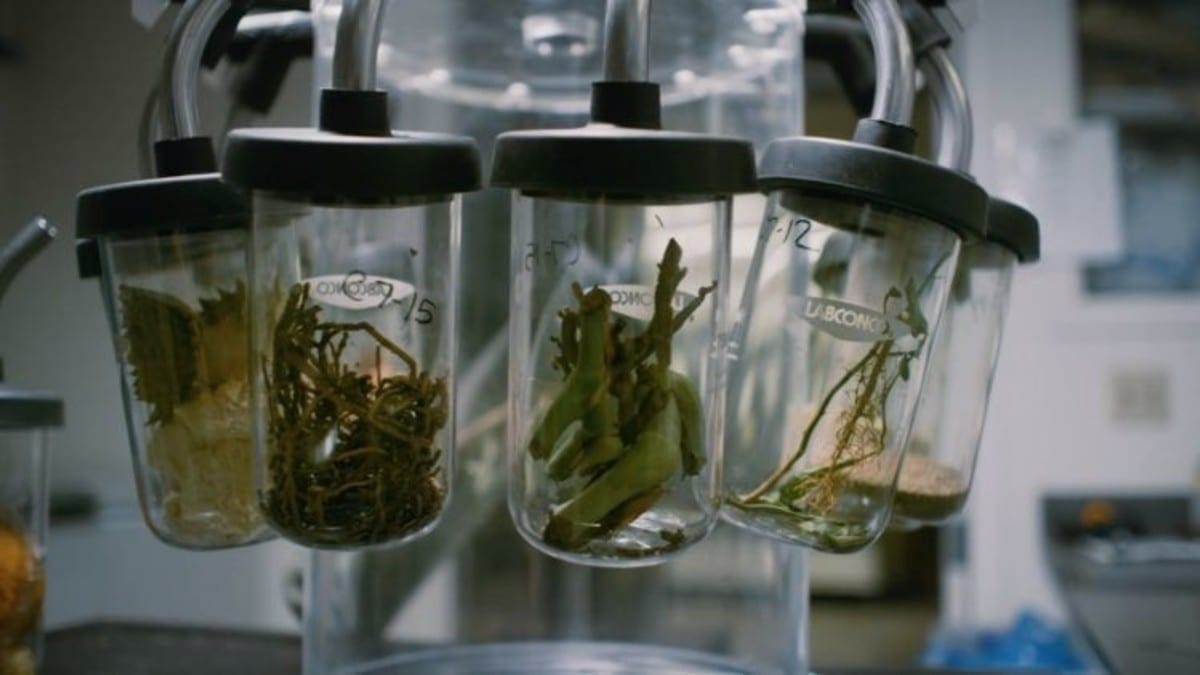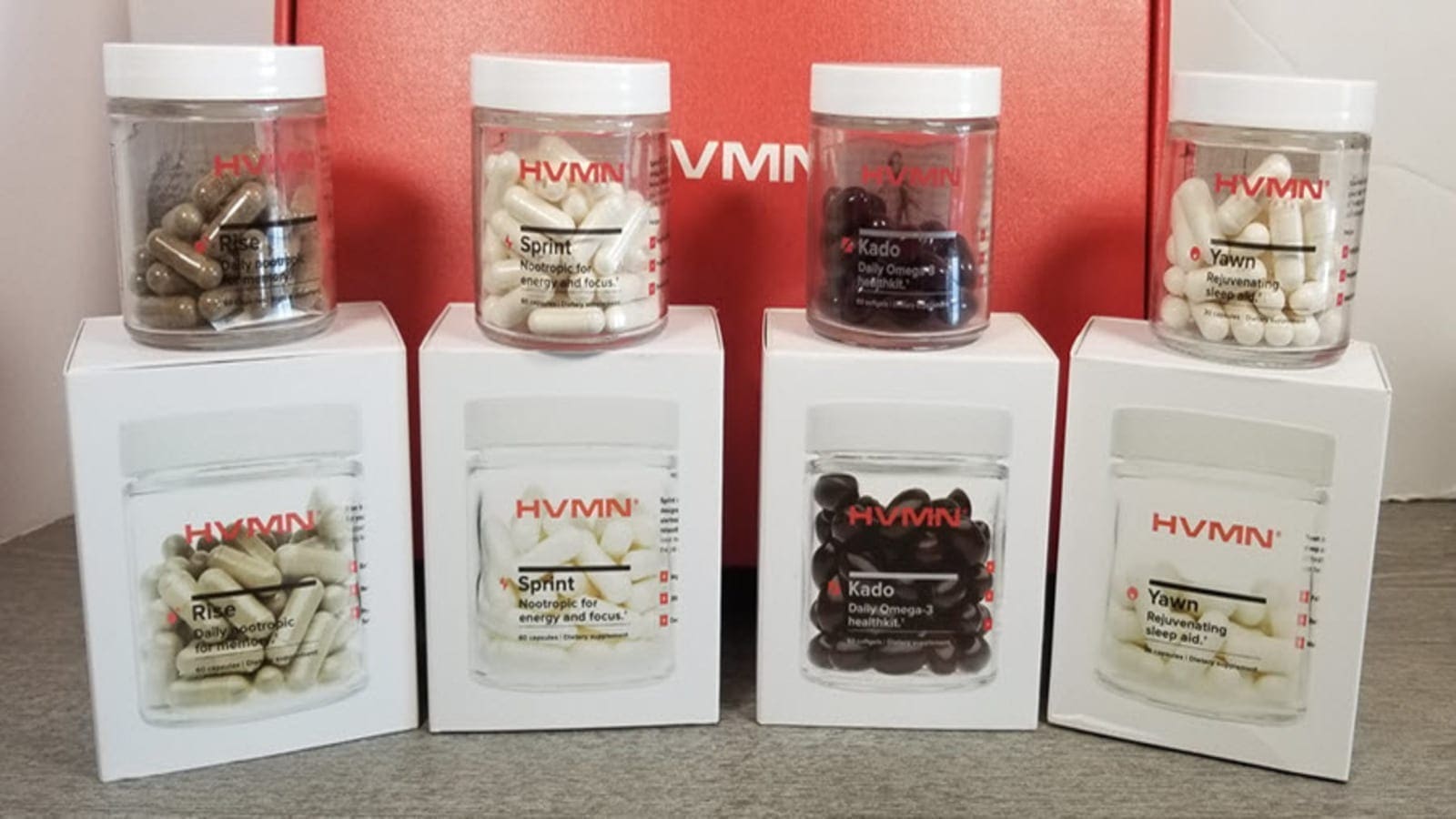USA – Brightseed, a company launched by former Hampton Creek head of research and development, Jim Flatt, to identify the presence of specific nutrients in plants that are believed to boost human health, has raised US$27 million in its latest round of funding.
Brightseed will use the financing, in part, to complete clinical studies to prove out the benefits of phytonutrients and the claims that the company and its partners are looking to make.
Brightseed intends to bring its own ingredient discoveries to market itself but will work with partners using the Forager system to collaborate on new ingredient discoveries that can be shared with producers, Flatt said.
The dual path to market is likely one of the reasons why Brightseed was able to raise new capital from Lewis & Clark AgriFood and previous investors, including Seed 2 Growth Ventures, Horizons Ventures, CGC Ventures, Fifty Years, Germin8 and AgFunder.
“This capital raise is going to really allow us to really accelerate that exploration of the dark matter of nutrition. All of these phytonutrients that we know exist,”
Jim Flatt – Founder, Brightseed
“This capital raise is going to really allow us to really accelerate that exploration of the dark matter of nutrition. All of these phytonutrients that we know exist,” said Flatt.
“This forager AI platform that we’ve built… we’ve developed a proprietary library that’s about 5 times what the world knows one of the powers of Forager is as we do find known or new compounds we’re able to predict their utility with respect to health.”
The company already has one major partnership in place with Danone North America, which it announced earlier this year.
“As a leader in plant-based food and beverages, Danone North America values external partnerships that can help us improve and optimize the taste, texture and nutritional aspects of our products, and contribute to our biodiversity vision,” said Takoua Debeche, SVP Research & Innovation at Danone North America, in a statement at the time.
Forager’s nutrient identification technology also has implications far beyond ingredient science, said Flatt.
“What forager can do is really help create what we’ll call a virtuous cycle to incentivize adoption of a more biodiverse food supply chain and to move towards more regenerative agricultural practices and we do this by revealing the hidden qualities or benefits of some of these lesser known crops and highlighting why they can be of greater value and tell a story,” he said.
For instance, Brightseed is already partnering with a company to evaluate an underutilized superfruit and work on improving and boosting its cultivation.
“There’s some albeit limited data that shows that agricultural practices can influence these phytonutrient contents. What Forager does is help valorize those phyotnutrients and creates a story that helps drive consumer adoption and demand for more restorative products that are produced with more regenerative agricultural practices that lead to more nutrients in crops,” Flatt said.
Although the company’s revenues are currently hovering under US$10 million, Flatt and his investors expect that to change rapidly.
“Brightseed’s application of technology is transforming how we understand the resources available for our health and well-being in nature,” said Dr. David Russell, operating partner at Lewis & Clark AgriFood, in a statement.
“These discoveries already have a major impact on ingredient selection and how we’re formulating the things we consume every day. This is a new approach that provides a much deeper understanding of the biological connections between plants and people. We’re looking forward to supporting Brightseed in leading these breakthroughs.”
Liked this article? Subscribe to Food Business Africa News, our regular email newsletters with the latest news insights from Africa and the World’s food and agro industry. SUBSCRIBE HERE










